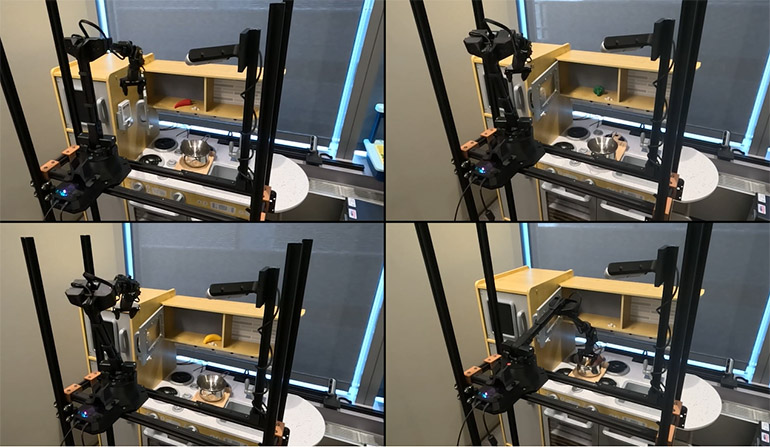The Robot Report
1M
162

Image Credit: The Robot Report
The AI Institute introduces Theia vision foundation model to improve robot learning
- The AI Institute has introduced Theia vision foundation model for enabling robots to interpret and interact with their surroundings effectively by distilling the expertise of multiple off-the-shelf vision foundation models (VFMs) into a single model.
- Combining the strengths of multiple VFMs, Theia generates a richer, unified visual representation that can be used to improve robot learning performance.
- Theia places supervised learning into a single stage, which combines features from different VFMs and uses a unified decoder to generate separate outputs.
- The AI Institute invited researchers and developers to explore Theia and further evaluate its capabilities to improve how robots learn and interpret their environments.
- AI Institute researchers tested Theia on several robot platforms, including Boston Dynamics‘ Spot and a WidowX robot arm, with encouraging results.
- Training Theia requires roughly 150 GPU hours on datasets like ImageNet, making it more computationally efficient than other models.
- The new design based on visual-correspondence modeling drastically improves the robustness and efficiency of visual learning systems for robots.
- The model was designed to provide visual vetting and prioritization of training data, interpretability and able to handle datasets of differing sizes and complexity.
- Theia enables robots to adapt more quickly and effectively, improving the interpretation of their environments,
- While still in the early stages of research, researchers expect significant improvements in robot visual learning capabilities to emerge from Theia in the years ahead.
Read Full Article
9 Likes
For uninterrupted reading, download the app